Heritage Object in Focus
Zoom into St Alfege Church’s rich heritage as we highlight its overlooked details, features and objects in this monthly 'Heritage Object in Focus' series.
Visit us to discover more. We are placed at the heart of Maritime Greenwich World Heritage site and have welcomed visitors since the 1700s.
Free to visit, donations welcome.
The Bells
The tower contains a ring of 10 bells hung in a heavily-constructed oak frame dating from 1731. Eight bells were originally cast by Richard Phelps in 1731 and two more in 1734. All the bells were recast in 1954 by the Whitechapel Foundry except the tenor bell which had been recast in 1824. The original 4th bell bore an inscription: The Gift of our gracious Queen Caroline, 1731, R Phelps fecit.
Did you know?
This inscription from the original bell was preserved and forms the base of the donations dome in the vestibule. Look at the image: can you read 'R PHELPS'?
[Thanks to David McEvoy for sharing his research, knowledge and passion with us]
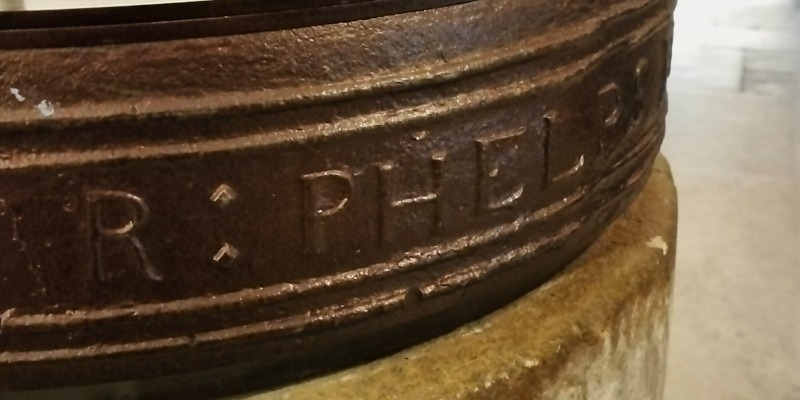 Cylinders
Cylinders
On the eastern perimeter of the church are four Portland limestone cylinders, four feet tall and carved with drapery and the heads and wings of ‘putti’. Putti are chubby-faced children often called ‘cherubs’, though they bear no resemblance to the (rather scary) biblical descriptions of cherubim. The cylinders are meant to recall ancient sacrificial altars, and this would have been even more obvious when they had had burning lamps on them.
As Hawksmoor expert, Pierre de la Ruffinière du Prey, put it, ‘What on earth are sacrificial altars… doing here outside a commissioners’ church?’. It appears that Hawksmoor, aware that St Alfege was a Saxon Archbishop, wanted to recall the early days of Christianity in these isles when Saxons took over remnants of dismantled Romano-British temples to create a Christian church of their own.
[Thanks to David McEvoy for sharing his research, knowledge and passion with us]
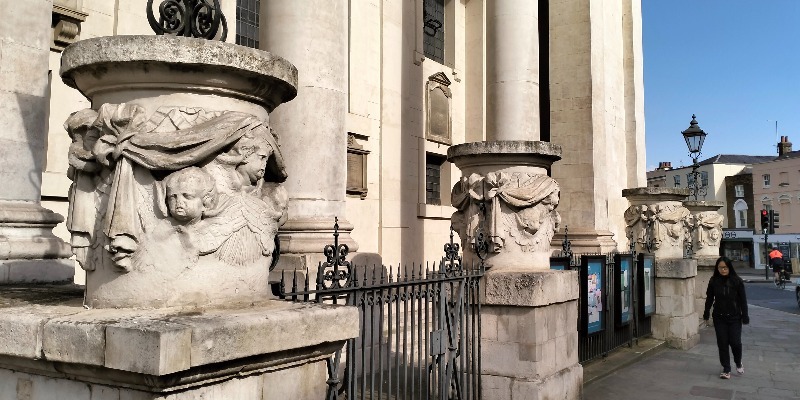
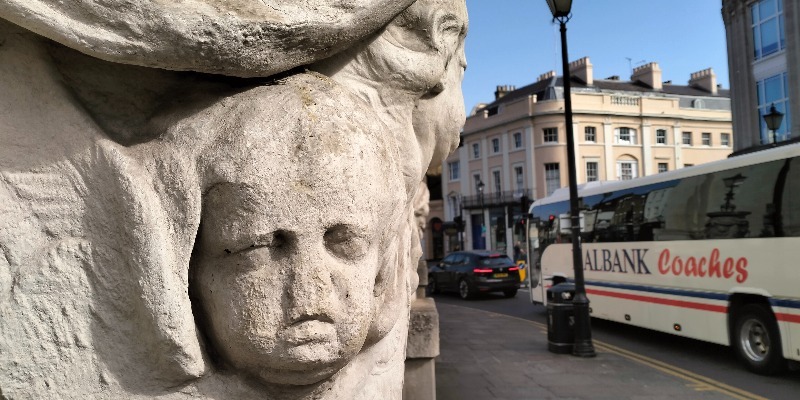
There are at least five heads of cherubs visible inside the church. Four are on the bottom corners of the benefactors' boards, up in the galleries, and the fifth above Edward Penny’s
Death of Wolfe painting. It is a carving in dark polished oak and sports the traditional four wings. This cherub was no doubt retrieved after the bombing and placed here during the restoration of the church in the 1950s.
Do you know?
There are many cherubs on the ‘drums’ outside the East Portico... Can you count them?
Book one of our popular
Hidden Spaces Tours to access the galleries and see the Benefactors' Boards from close.
[Thanks to
David McEvoy for sharing his research, knowledge and passion with us]
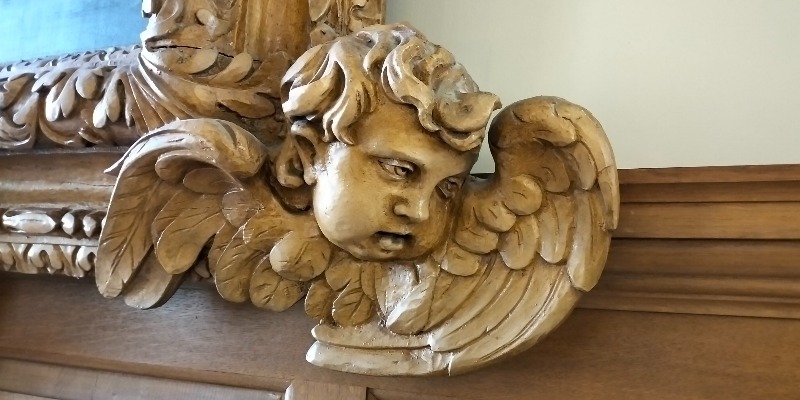
Image: Cherub on the bottom corners of the benefactors' board
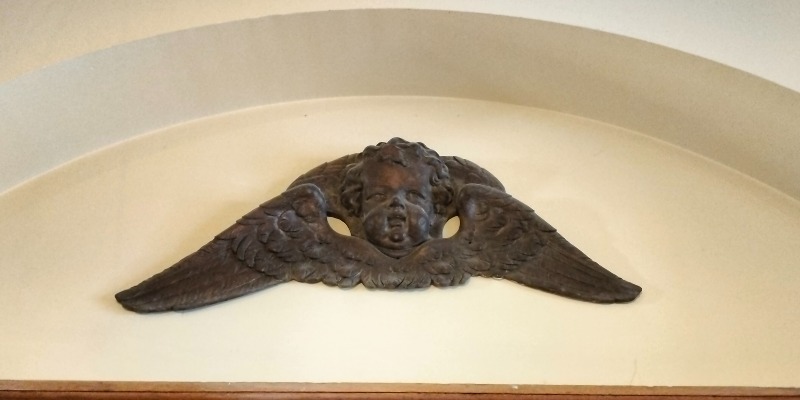
Image: Cherub above
Death of Wolfe by Edward Penny